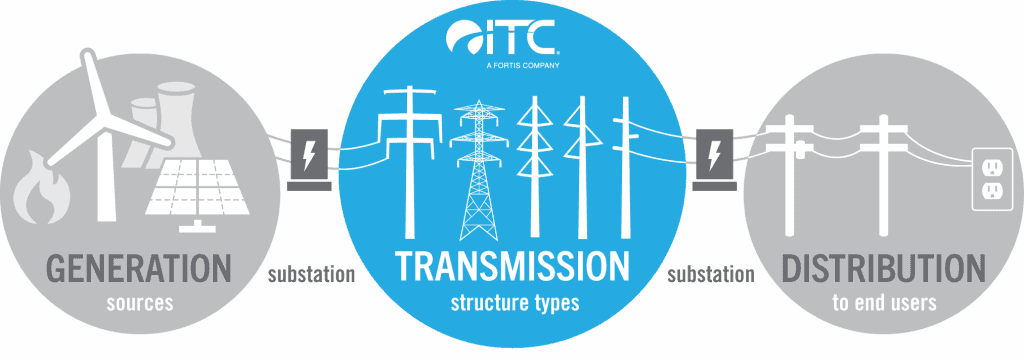DETROIT – Production companies seeking to keep up with the high demand for quality products in the market need to invest in a pick and place automation system.
Unlike in the old times where pick and place was an action performed by humans manually, the current market demands cannot be met by humans performing the task. More importantly, the pick and place machine is fast enough, offers more accuracy than human, injects versatility and ease of operation.
Food is a daily human need. Its manual production will not meet the high demand and safety standards the consumer expects. The food processing and packaging companies need to install food packaging systems as a way to produce more in a short period of time. It also aids in protecting the food from external contamination and hence reduce wastage.
The automated packaging will is also a channel to communicate to the consumer through branding.
The following article aims at outlining some of the ways to increase production in the factory by automating operations.
Avoid Contamination
Believe it or not, for most factories and manufacturing plants, it really doesn’t take much to contaminate a batch of goods; it doesn’t even take much to contaminate supply, either. It usually varies per industry itself, but when it comes to something that’s being produced that’s more sensitive, such as technology or food, then clean room apparel is going to be key for preventing any contamination.
The same can be said for hairnets or capes to prevent contamination, plus oftentimes, a room to fan or vacuum your uniform off can also prevent contamination. Essentially, contamination and even the potential can immensely increase the chances of productivity being thrown off.
Factory Automation Maintains Quality
As much as the markets demand stable supply of products, quality should never be compromised. Producing and maintaining quality product helps keep customers by meeting their needs and expectation. The market has a lot of many similar products and clients will only choose what they feel meets the set quality standards.
Loyalty from clients is propagated through producing quality products. In human labor the quality fluctuates from time to time to some human factors. Adopting automation in the production process guarantees standard quality level for the products produced. As a result, the factory products create a stable market that guarantees sales success.
Factory Automation Increases the Production Rate
The market has expanded in the recent year and so has the need for manufactured goods and products gone up. The same market has played host to other competitors. The customers buying pattern do include the regular availability of the product in the market. Having shelves running out of products always turns the customer away since it break the trust bestowed in the manufacture.
Automating the production process will simply reduce the human labor that are slightly slower compared to the machines. Increasing the production process, will saturating the market with enough products. It also increases the safety of the employees during working hours. It also help in maintaining in enhancing quality product that meets their quality
Factory Automation Eases In Workforce Management
The backbone of every business and factory is its employees. The employees drive they are solely responsible for the growth or failure of the factory. The best way to ensure the employee deliver the best, see to it that they are well rewarded for their hard work. The best way to do this is by giving them incentive especially to the best performing employees.
Through automation of the factory production processes, monitoring and evaluating the performance of different staff members is simplified. The factory reaps a lot of benefits of automating the workforce which include, easily managing the employees absence, leave days and overtime with will affect the payroll and easily identify some best performers and reward them appropriately.
Factory Automation Enhances Communication
A factory may have thousand in employees and keeping tab in each and every employee may be hard. The automation of the factory can help the HR department in monitoring and easily communicating with every employee. The factory may begin by installing a biometric register at the entrance to aid in quantifying the amount of hour’s worked and calculate the remuneration.
It goes handy in maintaining accurate data for every employee in the computer. Communication can be done via text messages or emails to reach all at a go.
Factory Robotic Automation Increases Efficiency
The fear of many is someday, robotic automation will fully take up the human job and lender people jobless. As everything has two sides, that’s just a negative side of technology. The robotic automation has more benefits to the factory than one can imagine.
Some of the production factories have seen and tested the numerous benefits of robotic automation are the vehicle assembly factories that see humans work hand in hand with the robots called co-bots that are controlled by humans to perform some task. They complete the job fast and are consistent in quality. Some medical hazards develop like the COVID-19 making it risky for humans to fumigate the highly infectious areas and use of robots has been implemented.
Ware houses and the factories that produce heavy products have adopted the robotic automation where the robots lift the products and arrange them in the most appropriate place safely. The use of the robots minimizes the use injurie and accidents experienced when human labor is carrying the heavy loads.
In Conclusion
Factory automation is an essential driving force towards gaining success in the manufacturing industry. Overseeing the implementation of the automated production process, is setting a fertile ground for promoting safety among the employees, upholding quality levels of production, efficiency and lowering of overall production cost which more profits. It will as well set the bar for long-term growth and expansions.
This article was provided by PWR pack











